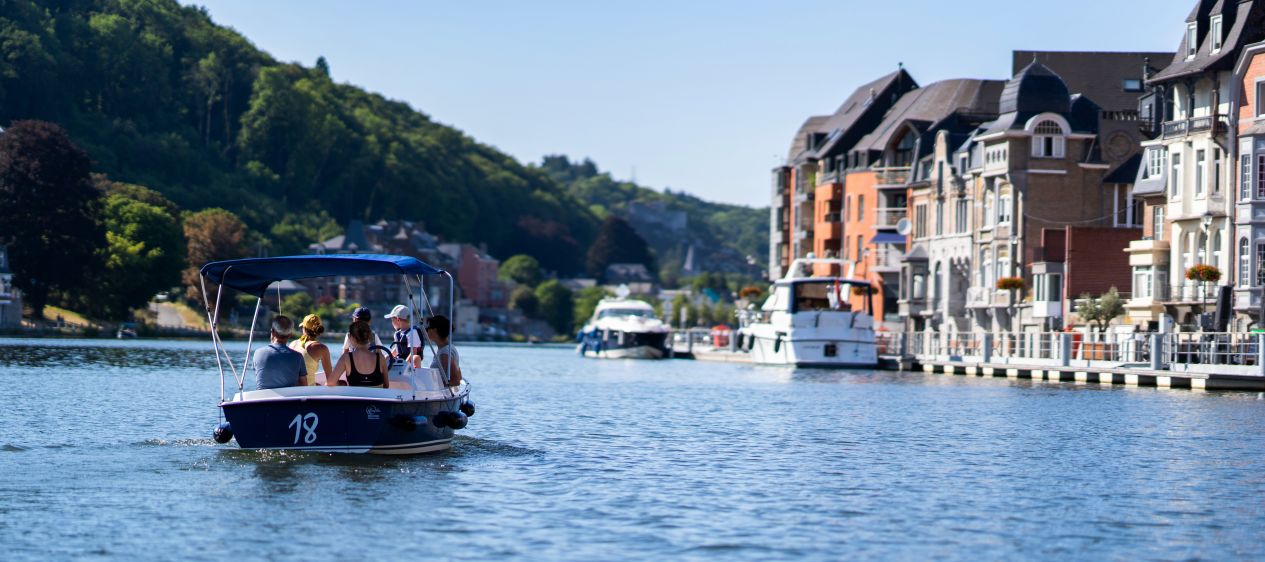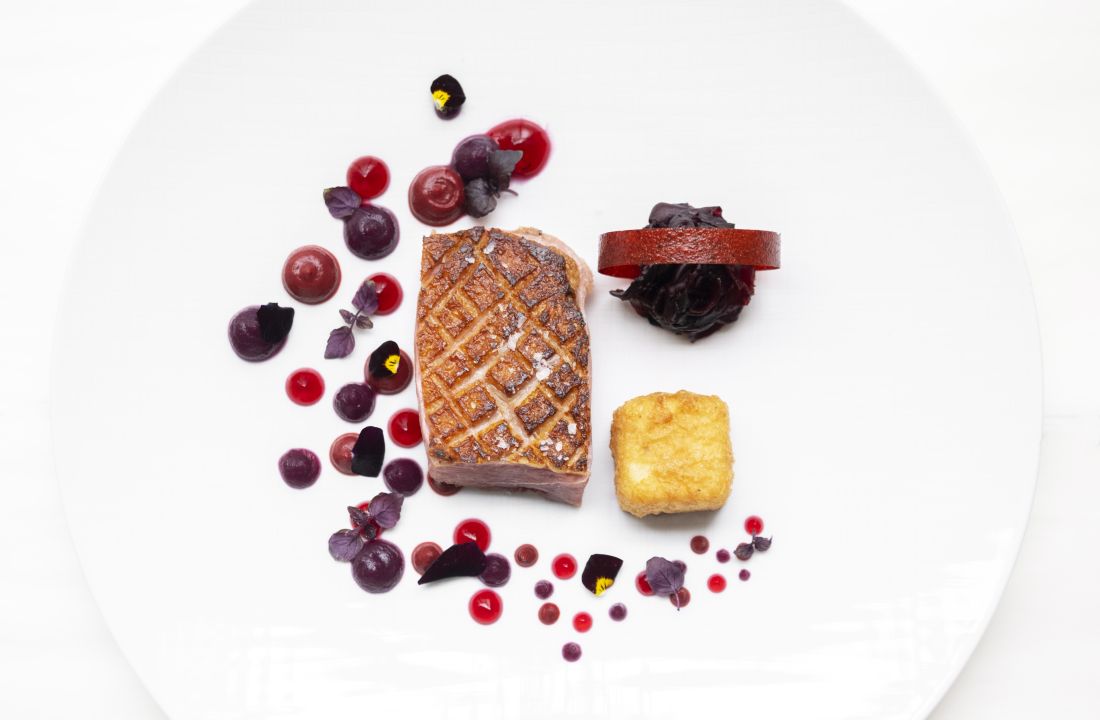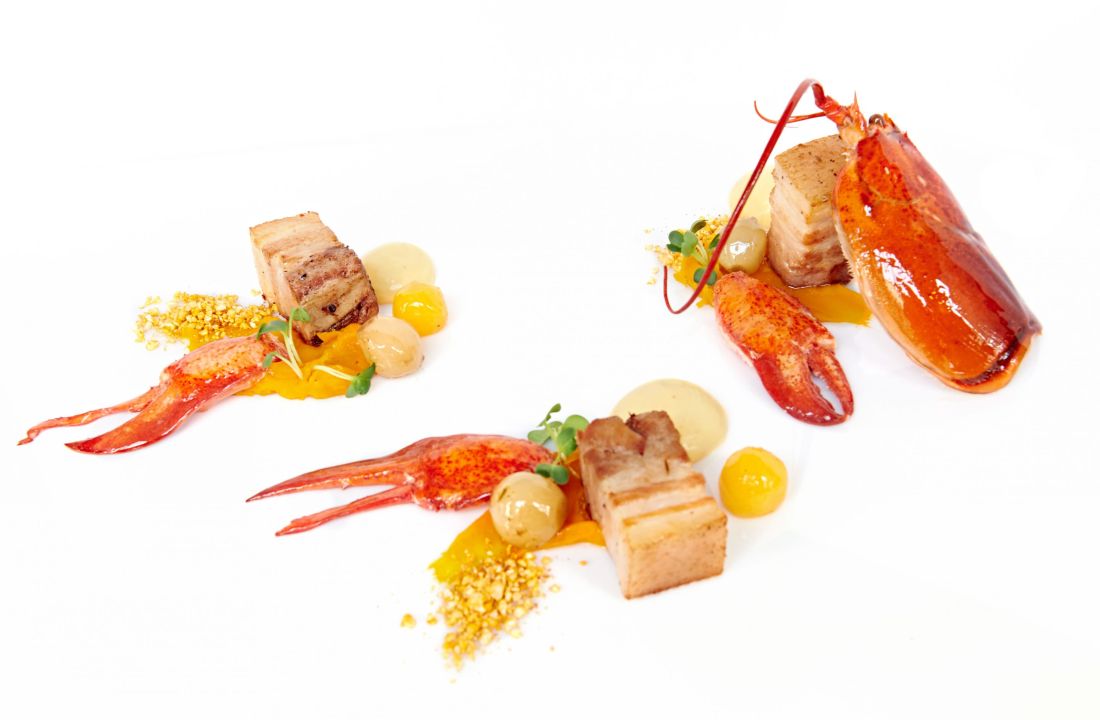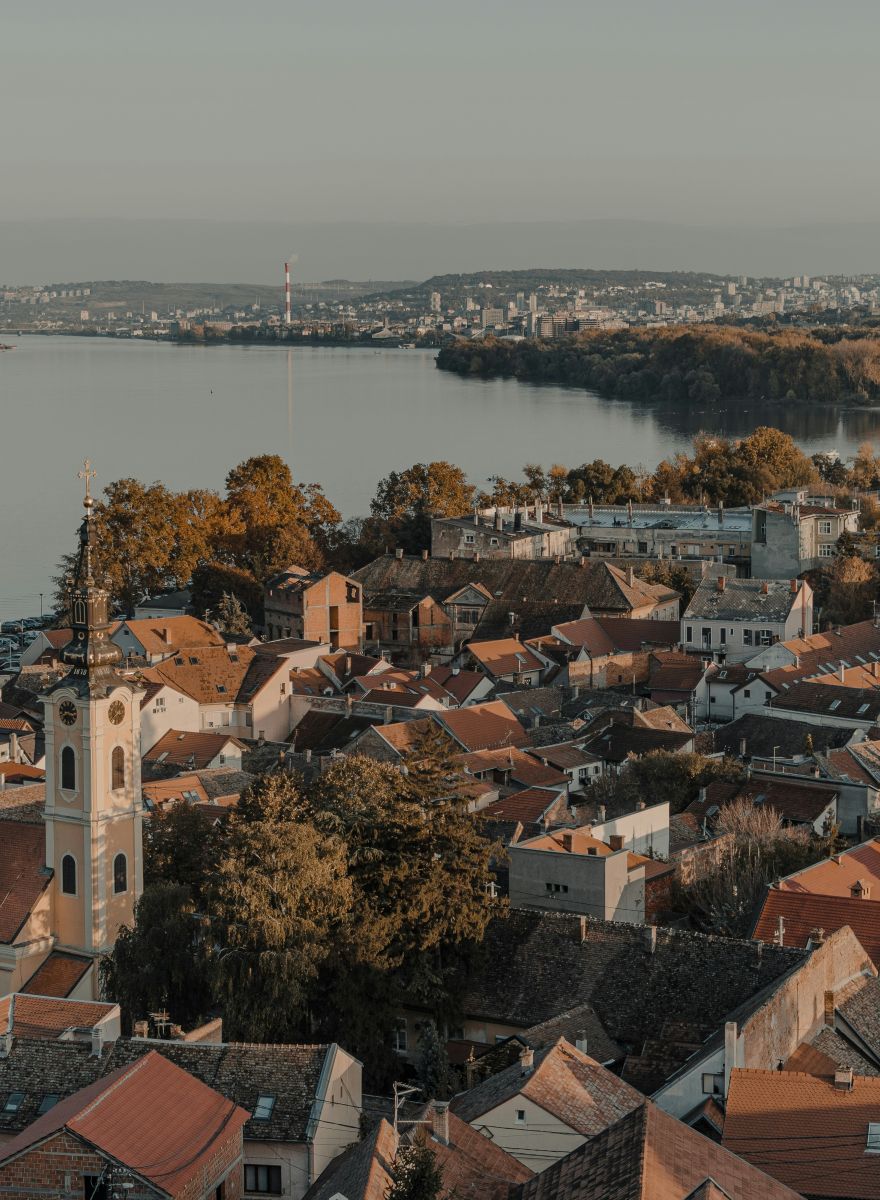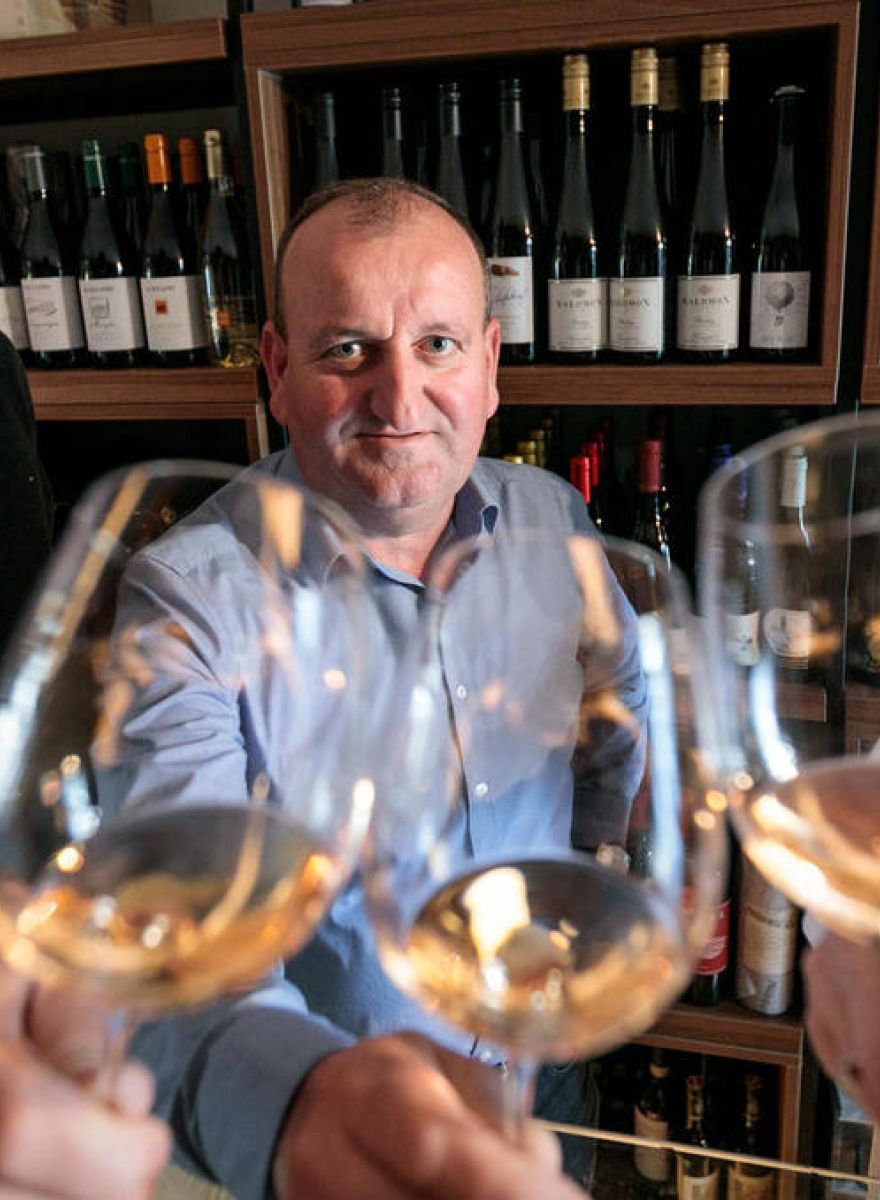Become a JRE-Inside+ member and enjoy exclusive benefits, inspiring interviews, recipes & articles, event infos and more.
- Always up to date with our world of fine dining
- Receive invites to exclusive events
- Get to know our Chefs through interviews and recipes
This article is for JRE-Inside+ members only
Go JRE-Inside+Destination Heynowes, Belgium
Hainaut - historically also known as Heynowes in English - is a province located in the southern part of Belgium, in its French-speaking region of Wallonia. The area is home to iconic Belgian comic book characters like Lucky Luke, captivating street art, beautiful architecture, and a rich industrial and cultural history. Though densely populated, Hainaut is also known for its lush landscapes and natural beauty, making it a great destination for cycling, hiking, or simply enjoying the outdoors.
Gastronomy in Hainaut
The local culinary scene is as diverse as the province itself. From hearty traditional dishes to inventive fine-dining, the region caters to a broad range of tastes. One notable hotspot is the City of Ath, which features a varied and award-winning restaurant scene.
Local Foods and Specialties
Belgium is famous for its beers, and Hainaut certainly contributes to that reputation. But the region also offers more localized tastes, like its own sparkling wines. As you explore the area, you’ll notice small vineyards scattered across the landscape, supporting a growing wine culture.
One of the most iconic dishes is the Mastelles pie, served in Ath during the Ducasse festival. This dessert dates back to the 19th century. Originally, it was made with cheese, hazelnuts, and butter - a richer version that reflected the ingredients available at the time. Today’s recipe includes dry bread rolls (masteilles), macaroons, and almonds, and is traditionally shared among friends and families after the symbolic battle between David and Goliath.
Another unique treat is the St Joseph macaroon, produced by the Pilate sweet shop and sold in March to celebrate the saint’s festival. These sweets are shaped like screws, a nod to Ath’s woodworking heritage in the 19th century, when many locals worked in the wood industry. Their spiral form is said to resemble wood shavings or a drill bit, symbolizing the tools of that trade.
Food-Focused Attractions for Tourists
Beyond traditional dishes and local ingredients, Hainaut offers a number of experiences where food, culture, and community come together.
A great example is the Brasserie des Légendes in Ath, which blends storytelling with craft brewing. To celebrate the 13th anniversary of its flagship beer Gouyasse, the brewery launched a series of custom brews—each one named after one of the city’s legendary giants. It’s a playful and delicious way to connect with local folklore.
Visitors looking to sample regional flavors firsthand should stop by the local producers’ market, held on the last Friday of each month at the Institut St François in Ath. Focused on sustainable and high-quality products, it’s a great place to discover food that’s both good for your health and good for the planet.
For a more traditional atmosphere, the Thursday market on Ath’s Grand-Place is a long-standing favorite. Especially vibrant around St-Julien’s Church, which is known as the market’s gourmet area, this weekly event brings together farmers, cheesemongers, butchers, and artisans, offering a full spread of local delicacies in the heart of the town.
Cultural and Historical Sights
Hainaut offers a layered landscape of cultural and historical experiences. A journey through the province reveals contrasts between industrial heritage, artistic revival, and preserved historical charm.
Charleroi: Industrial Past, Urban Revival
Charleroi is likely the most recognizable city in Hainaut, known for its strong industrial past. Once a hub of coal mining and steel production, it carried a reputation for being gritty and grey. But in recent years, the city has been reinventing itself with a more urban and creative energy. Street art is abundant here, and the legacy of comic book icon Lucky Luke is celebrated with a statue and even a dedicated metro station. Architectural gems from the Art Nouveau and Art Deco periods further enhance the city’s appeal.
For photography enthusiasts, the Museum of Photography, located in a former convent on Charleroi’s outskirts, is a must-see.
The Bois du Cazier, another key site, tells the story of Hainaut’s industrial past through preserved coal mining structures and moving memorials. The site is also home to the Glass Museum and the Industrial Museum, both of which explore the region’s labor history. One of Belgium’s worst mining disasters occurred here in 1956, when 262 miners, many of them Italian immigrants, lost their lives. Today, a large part of the site is dedicated to their memory.


Castles and Engineering Marvels
This region is home to many lovely castles. Visiting some of them should definitely be among the things to see in the Hainaut Province. One standout is the Château de Seneffe, a beautifully preserved 18th-century residence surrounded by beautiful gardens and historic outbuildings, including a theatre and a greenhouse. The estate offers a glimpse into aristocratic life in Wallonia.
Equally impressive, but in a very different way, are the historic boat lifts at La Louvière. These four hydraulic lifts, located on the Canal du Centre, are a marvel of late 19th- and early 20th-century engineering. Built between 1888 and 1917, they still operate entirely without electricity, using only the power of water to raise and lower boats. This rare system of mechanical ingenuity earned them a place on UNESCO’s list of World Heritage Sites. During the warmer months, visitors can explore the lifts by boat, experiencing firsthand how they continue to function more than a century after their construction.
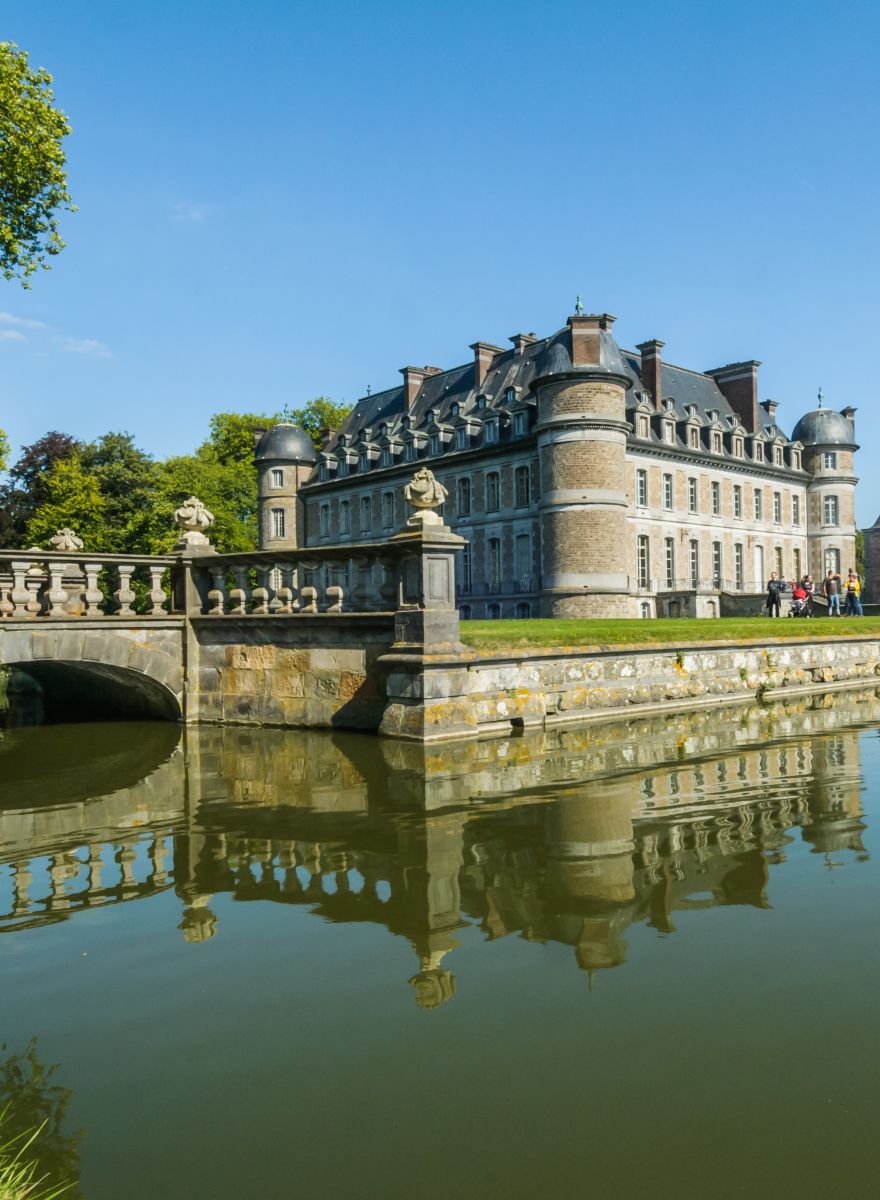

Ath: The City of Giants
Ath is a charming medieval city in Hainaut Province, located just 24 km from Mons and comfortably positioned between Lille and Brussels. Though fairly small, it has a lively Grand-Place lined with historic buildings, cafés, and shops that make it a popular spot for locals and visitors alike. A standout feature is the Burbant Tower, built in 1166, which once served as a military fortification and remains a testament to the town’s long history.
For those with a passion for history, the Gallo-Roman Museum is a must-visit. Among its most remarkable exhibits are two-thousand-year-old boats - part of the Wallonia-Brussels Federation's heritage collection - that shed light on the region’s ancient roots and its connection to river trade and craftsmanship.
What truly defines Ath, however, is its long-standing tradition of giant figures, which has shaped the city’s identity for centuries. These towering wooden-and-fabric characters first appeared in the 15th century as part of religious processions. Over time, they evolved into a central part of the Ducasse festival (UNESCO Heritage, 2005). The Maison des Géants (Giants’ House), open throughout the year, brings this tradition to life, offering insight into the history, craftsmanship, and stories behind the giants. During the warmer months, the festive spirit spreads to surrounding villages, where it’s not uncommon to see other giants parading through the streets, accompanied by music and community celebrations.
Just beyond Ath, the nearby villages of Moulbaix and Ostiches offer a glimpse into rural tradition, where historic windmills still turn as they have for generations. It's a reminder that in this part of Hainaut, heritage isn’t merely preserved, it’s part of everyday life.
Together, the region’s folklore, historical depth, and pastoral beauty make Ath a truly unique and memorable place to explore.
Local Language and Cultural Symbols
Belgium has three official languages: Dutch (Flemish) in the north, French in the south, and German in a small eastern region. Hainaut lies within Wallonia, the French-speaking part of the country, where French is used in everyday life - from street signs to local conversations. So, when visiting, it’s worth keeping in mind that while English is understood in some tourist areas, knowing a few basic French phrases can greatly enrich your experience.
Even if the name Hainaut doesn’t immediately ring a bell, its cultural exports are more familiar than you might expect. Many visitors grew up with Lucky Luke, the iconic comic book hero who hails from Charleroi. It’s this blend of regional pride and wider cultural influence that gives Hainaut its unique voice.

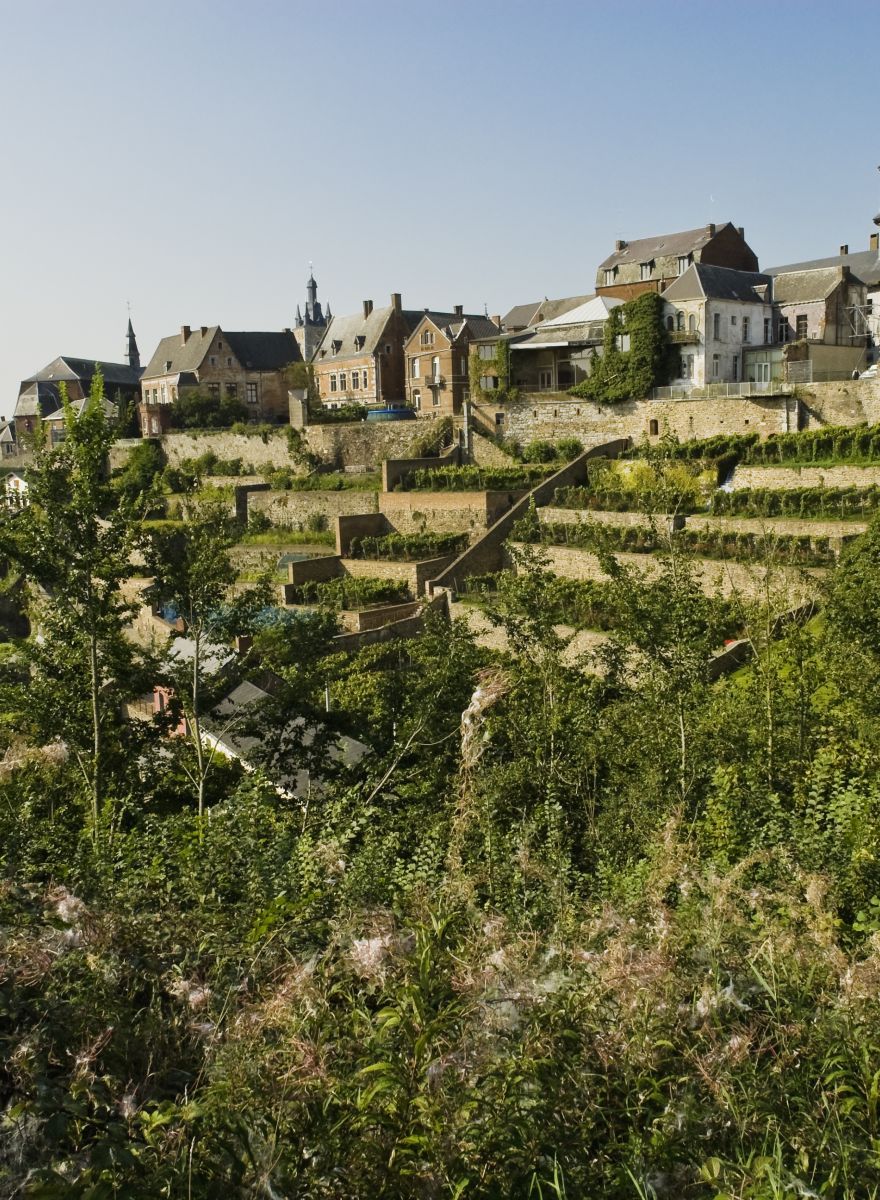
JRE Chefs of the Region
Ath may be a modest-sized city, but its culinary ambition is unmistakable. Among its many acclaimed dining spots, L’Inattendu stands out, not only for its refined cuisine, but also for its growing national recognition. Recently featured in the Gault & Millau guide and proudly part of JRE-Belgium, the restaurant reflects the quality and creativity emerging from the region. Behind the kitchen is Chef Benjamin Fontaine, with Sommelier Amélie Sakowskis, offering a menu that combines technical precision with seasonal inspiration.
In Mons, Les Gribaumonts, led by Chef Lisa Calcus and Sommelier Nicolas Campus, offers a refined, ingredient-focused dining experience in a contemporary setting.
Further south, in Quévy, Chef Benoît Neusy brings his signature precision to L’Impératif d’Éole, nestled within the Domaine du Chant d’Éole. His cuisine draws inspiration from the surrounding vineyard, resulting in a menu that is as elegant and balanced as its setting.
